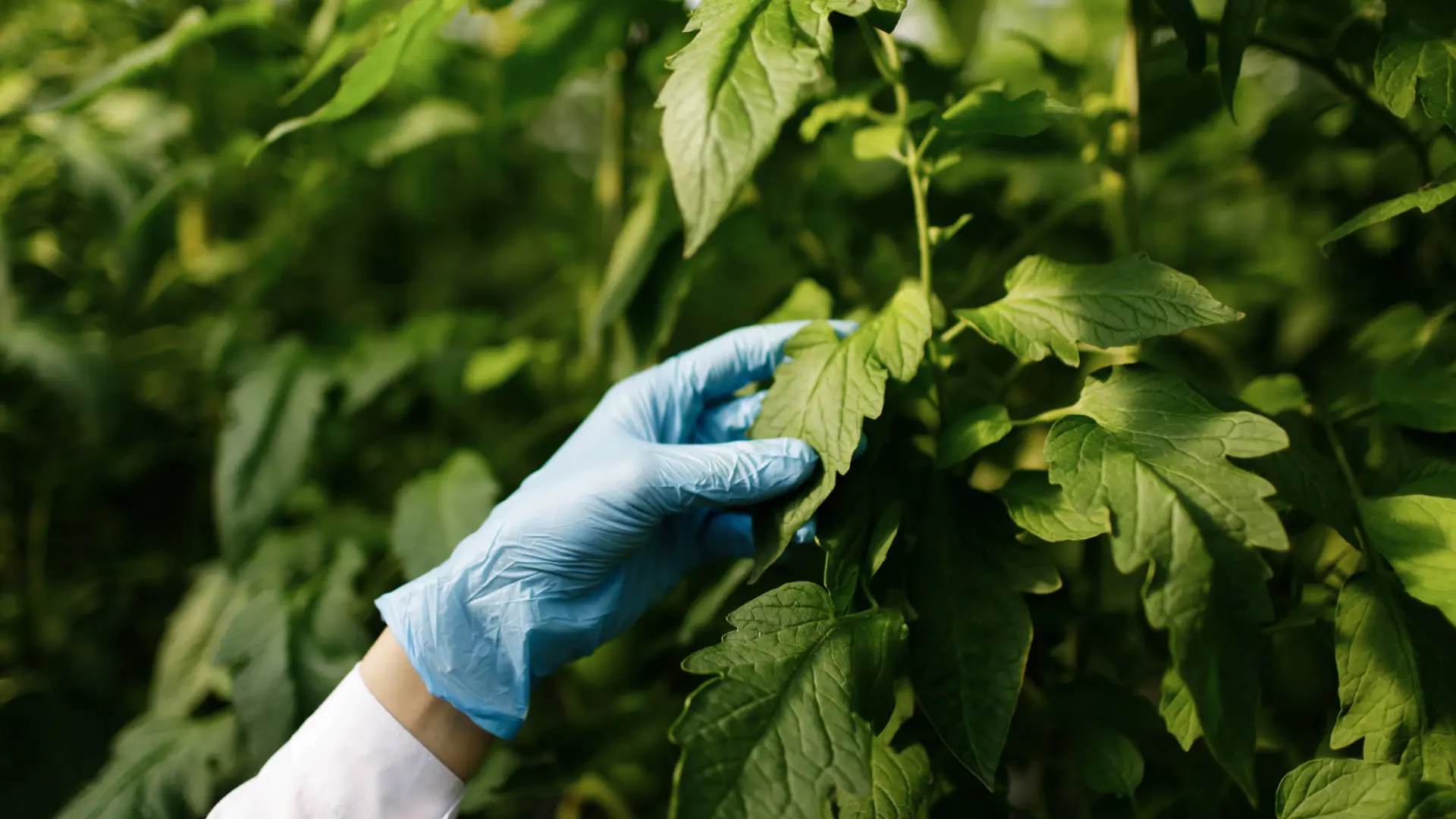
Organic & Natural Pest Solutions
We unite suppliers and green industry professionals worldwide
If there was one flower that signifies elegance and simplicity, it’s Baby’s Breath (Gypsophila Paniculata). An airy perennial with lovely white or pink flowers, it came to symbolize grace and is now commonly found in bouquets and floral arrangements.
By Mariam Scott
|Published on July 08, 2025
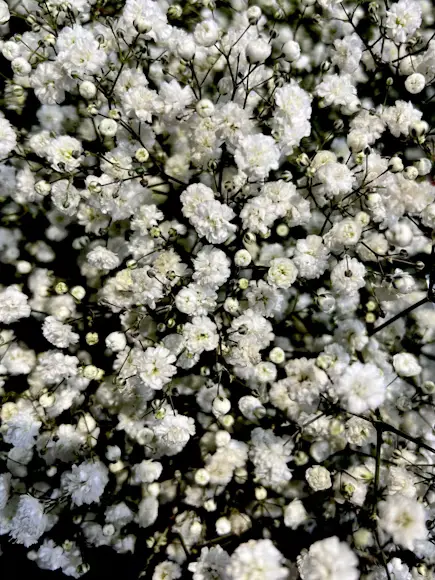

“Flowers are the music of the ground, from Earth’s lips they speak.” — Edwin Curran
If there was one flower that signifies elegance and simplicity, it’s Baby’s Breath (Gypsophila Paniculata). An airy perennial with lovely white or pink flowers, it came to symbolize grace and is now commonly found in bouquets and floral arrangements. From weddings to garden borders to cut flower arrangements in a vase, Baby's Breath gives a soft romantic touch wherever it is used.
Native to Europe and Asia, Baby’s Breath is adored for its generous blooms and low-maintenance cultivation. It forms mounds of small, cloudlike flowers atop long, slender stems, which gives it an air of fragility that brightens any spot. This plant looks delicate but is surprisingly hardy and will settle in easily into a range of beds in the garden. So, if you want to bring some everlasting beauty into your garden or home, Baby’s Breath is the way to go.
| Common Name | Baby’s Breath |
| Botanical Name | Gypsophila paniculata |
| Plant Type | Perennial flowering plant |
| Flower Colors | White, pink |
| Sunlight | Full sun (at least 6 hours daily) |
| Soil | Well-drained, slightly alkaline preferred |
| Water Needs | Moderate; drought-tolerant once established |
| USDA Zones | 3-9 |
| Bloom Time | Mid-summer to early fall |
| Height | 2–3 feet (60–90 cm) |
| Toxicity | Non-toxic to pets |

September 12, 2025
14 minute read
September 12, 2025
23 minute read
September 11, 2025
14 minute read
September 08, 2025
8 minute read


Join as a seller and connect with thousands of B2B buyers nationwide!
Sign Up
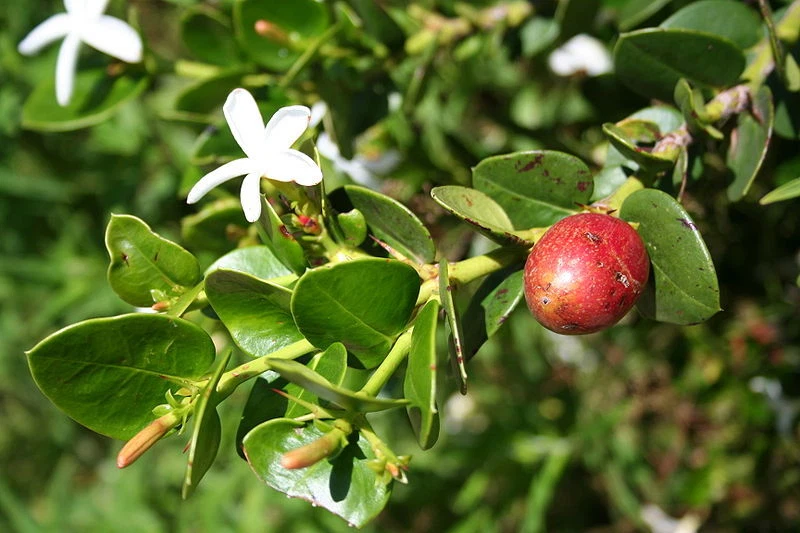
Natal Plum
Natal Plum is a glossy, evergreen shrub that’s as practical as it is beautiful. This plant is loved not only for attractive little star-shaped flowers, but also for its juicy, red fruit, which is quite comparable to a sweet cranberry-strawberry mix.
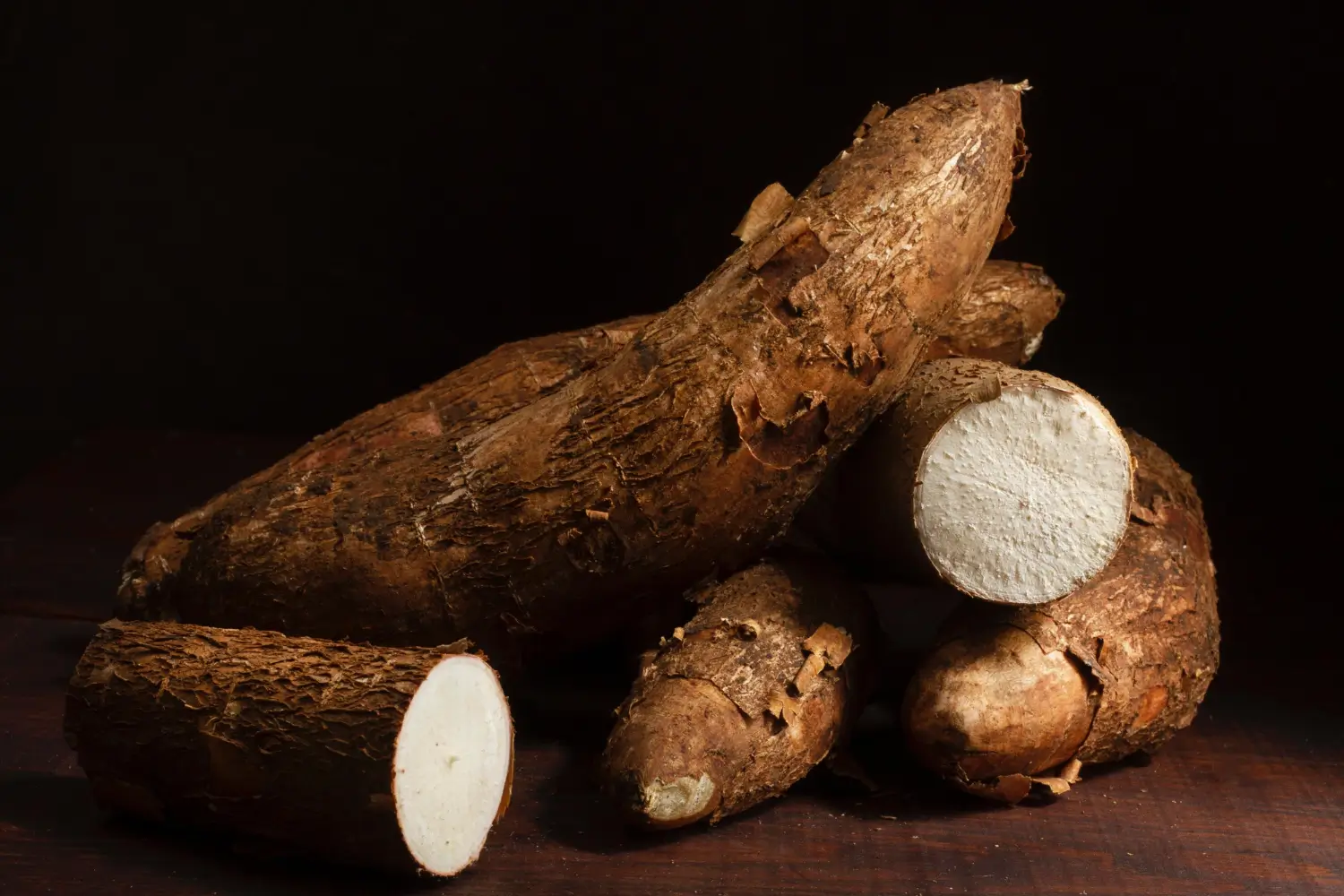
Tapioca
A Tropical Root Crop That’s as Beautiful as It Is Useful
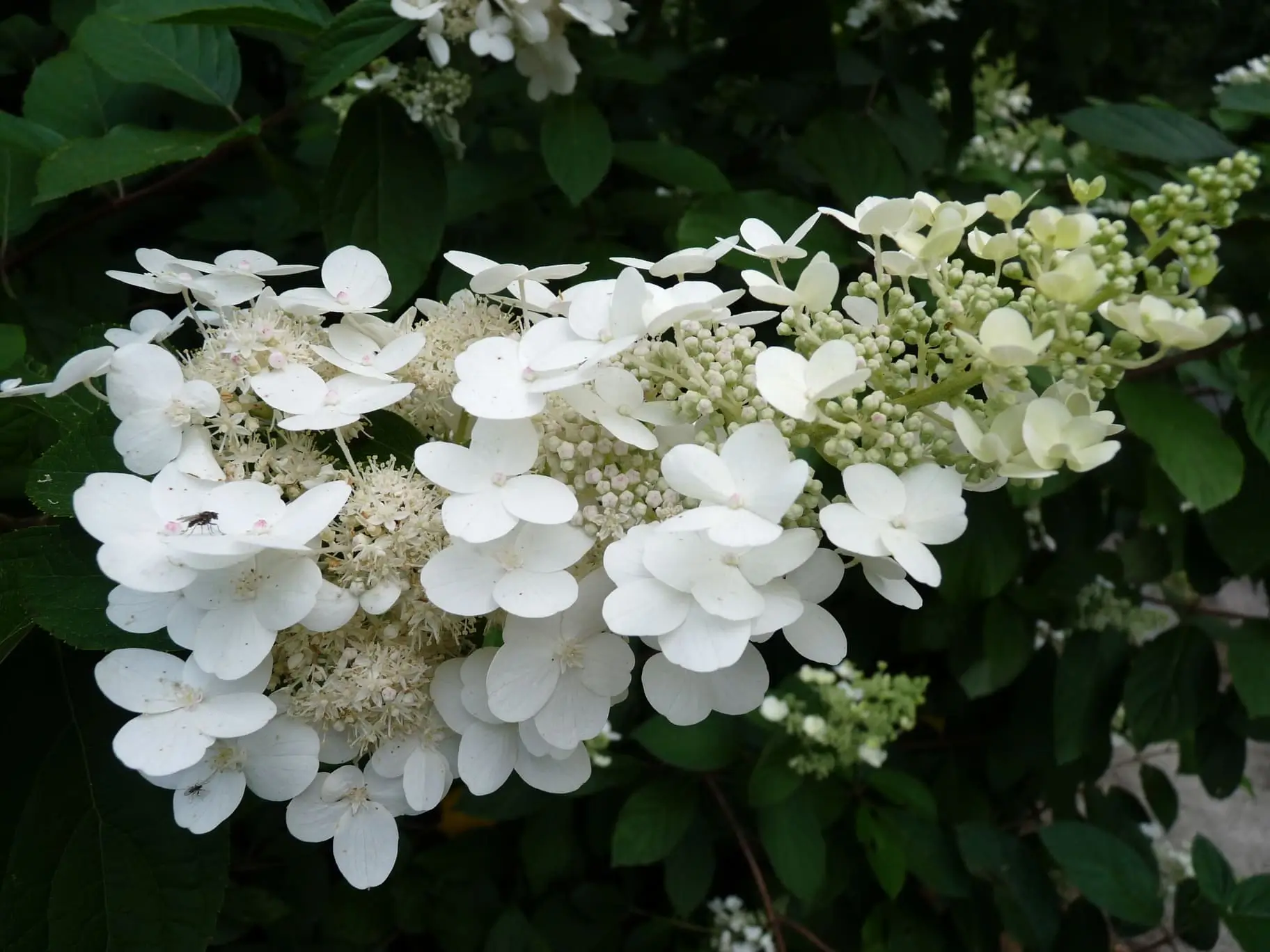
Tardiva Hydrangea
A Late-Summer Bloom That Adds Elegance to the Garden
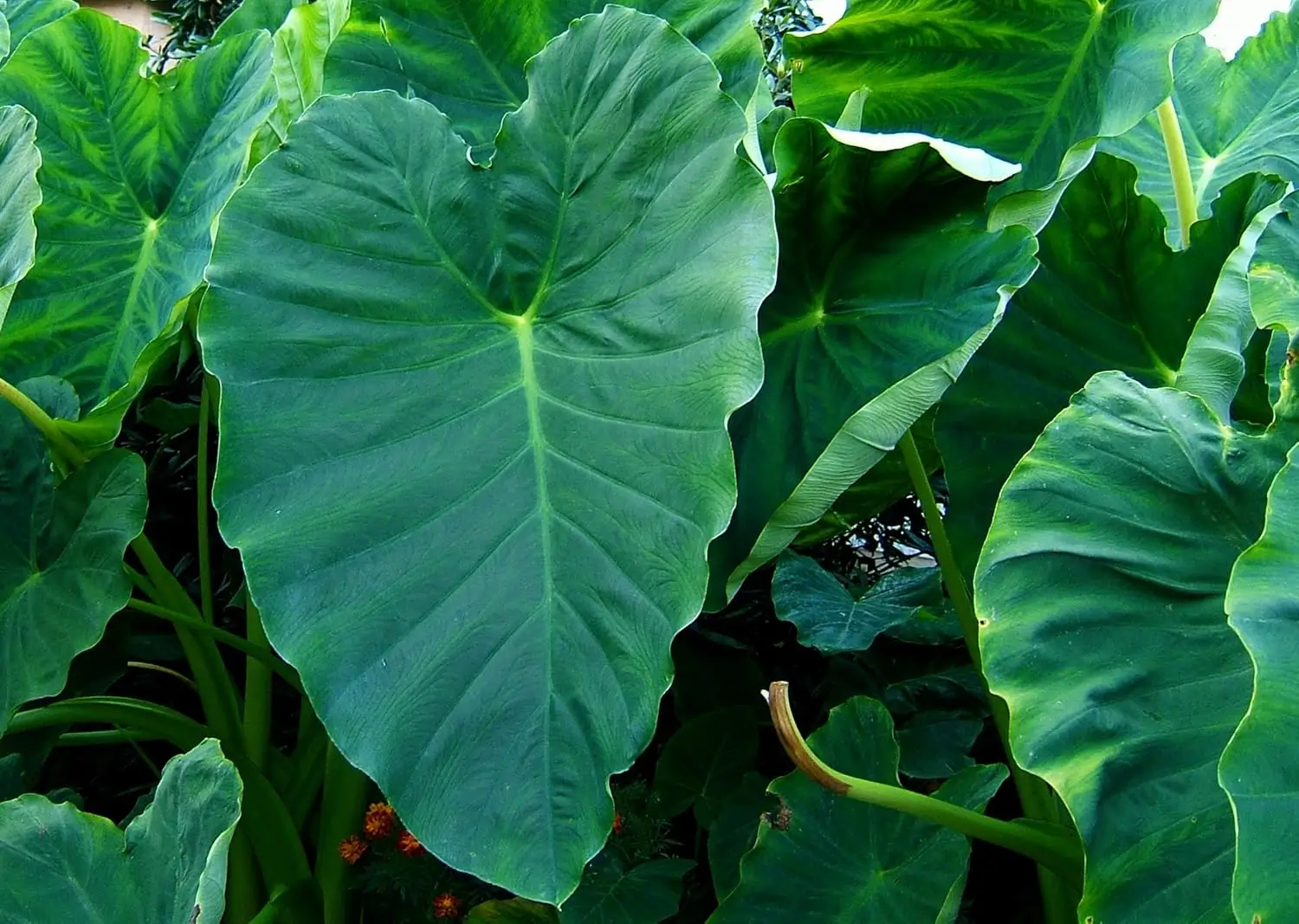
Taro
A Nutritious Root Crop That Thrives in Tropical Conditions
Baby’s Breath may look delicate with its soft, cloud-like blooms, but it’s actually a hardy perennial that doesn’t demand much once it’s established. What makes it especially beloved by gardeners is how generously it blooms with only a few basic care requirements. To get the most out of this timeless flower, it’s important to give it a spot with ample sunlight, keep its soil conditions just right, and avoid one of its few weaknesses — overly wet roots.
Whether you're planting it in borders, rock gardens, or containers, Baby’s Breath thrives in well-draining, slightly alkaline soil and full sun exposure. While it appreciates consistent watering during its initial growing phase, it becomes relatively drought-tolerant afterward. Regular deadheading and pruning will not only keep your plant looking tidy, but also encourage prolonged blooming throughout the season. Below is everything you need to know about creating the right environment to help this romantic favorite flourish year after year.
Baby’s Breath is a sun-lover and does best in full sun. It needs at least six hours of direct sunlight a day for best growth. It won’t bloom as abundantly in less sunny locations and can get leggy, so be sure to plant it in a bright, open place. Excessive shade makes for few flowers and weak stems, while lots of sunshine gives compact healthy growth and lots of blooms.
Baby’s breath requires well-drained soil in order to thrive. It likes slightly alkaline soil, but will accommodate to a variety of soil types as long as it isn’t too wet. This plant does best with a dry to moderate moisture level. If you have heavy or clay-based soil, amend your soil with sand or gravel for better drainage. If you loosen the soil when you plant you encourage the roots to take hold as quickly as possible and to spread out when they do.
Baby’s Breath watering requires a bit of attention, but it isn’t high maintenance. This is a drought-tolerant plant once given a proper establishment period, but this species will require regular water in the growing season. Water when the soil feels dry to the touch but do not allow it to dry out completely for long periods. A very common problem is overwatering, which can cause the roots to rot, so pay attention and make sure that the soil is not too saturated and that it's draining well.
If you are growing Baby's Breath in your garden it's a good idea to prune it back to keep it bushy and promote additional blooms. Frequent trimming also helps the plant maintain shape and prevents it from becoming too leggy or spindly.
For Baby’s Breath:
Baby's Breath can be easily propagated from seeds and cuttings.
If growing from seeds:
To propagate via cuttings:
If you're short on space, or looking to bring some 'high' to your patio/balcony look, growing Baby's Breath vases in containers is a great option.
Baby’s Breath is tough, but if you live in a region with freezing temperatures, it might need a little extra attention in the colder months. In cooler areas (zones 3-5), mulch around the base of the plants in the fall to insulate the roots from freezing temperatures.
If you’re growing in containers, bring the plant inside or, if that’s not possible, put the plant somewhere sheltered, like a garage, to avoid frost damage. In mild zones (6-9), Baby’s Breath should overwinter and act as a perennial with a light mulch. During very wet winters, be certain the soil drains well to avoid root rot.
Baby’s Breath blooms are where the real magic happens. This is a plant which produces clouds of tiny, star-shaped flowers suitable for your bouquets, or for use as a border plant in your garden. Blooms tend to bloom from mid to late summer, and Baby’s Breath will keep blooming until early fall. To promote more blooms, give them full sun, avoid overwatering, and regularly deadhead to keep the plant looking neat and extend the bloom season.
Baby’s Breath is a hardy and low-maintenance plant, but like all garden favorites, it’s not entirely immune to problems. Environmental stress, excess moisture, or poor air circulation can occasionally lead to issues with pests or disease. Thankfully, most of these problems are easy to spot and treat with simple solutions:
Baby’s Breath (Gypsophila paniculata) is a timeless flowering plant admired for its delicate, cloudlike blooms and ease of care. Native to Europe and Asia, this sun-loving perennial thrives in well-drained soil and bright conditions, making it ideal for borders, containers, or cut flower arrangements.
With minimal maintenance, occasional pruning, and good drainage, Baby’s Breath will reward you with soft, airy blooms throughout the summer. Whether grown from seed or cuttings, it’s a resilient, drought-tolerant plant that brings graceful beauty to gardens and indoor displays alike.
It flourishes on bright, sunny windowsills and does well in containers.
Water Baby’s Breath when soil feels dry. Once established, it is relatively drought-tolerant so do not overwater.
Not really! Baby’s Breath is an easy plant to care for. All it needs is lots of sun, well-drained soil and occasional pruning, and it will reward you with beautiful blooms.

Organic & Natural Pest Solutions
Gina Lazaarus

AgriTech & Farm Automation
Gina Lazaarus

AgriTech & Farm Automation
Gina Lazaarus
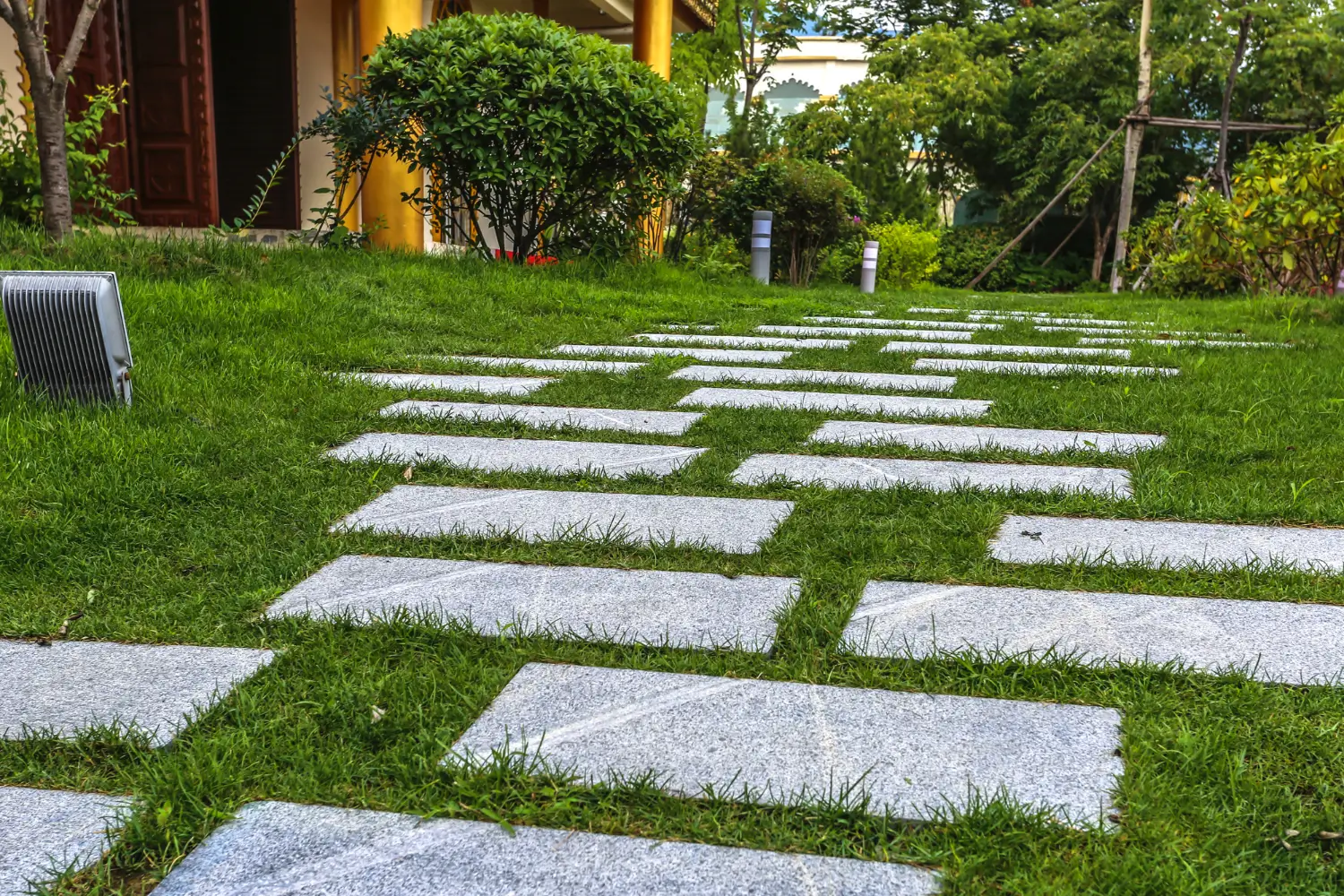
Outdoor Living
Victor Miller

Outdoor Living
Victor Miller
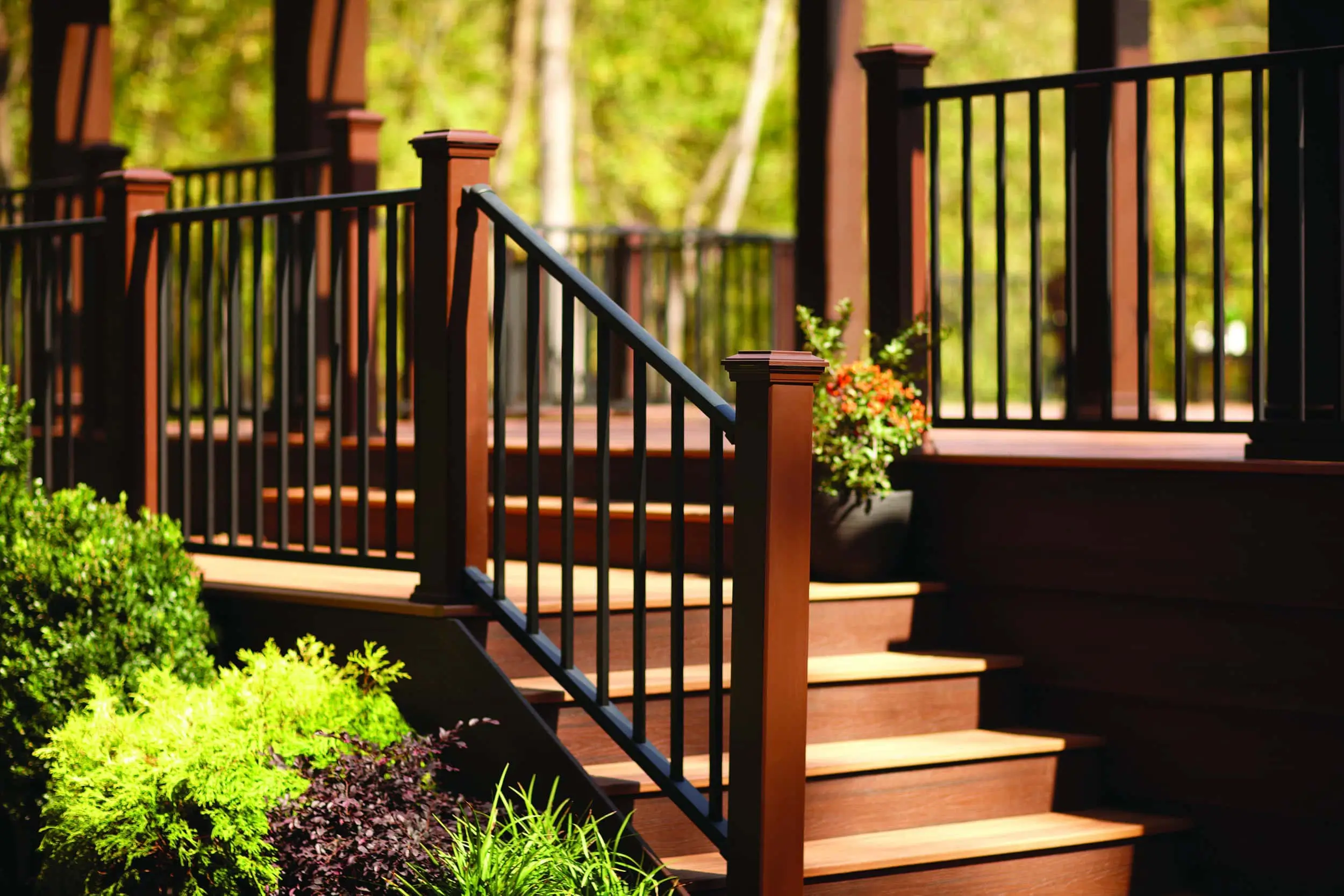
Outdoor Living
Victor Miller
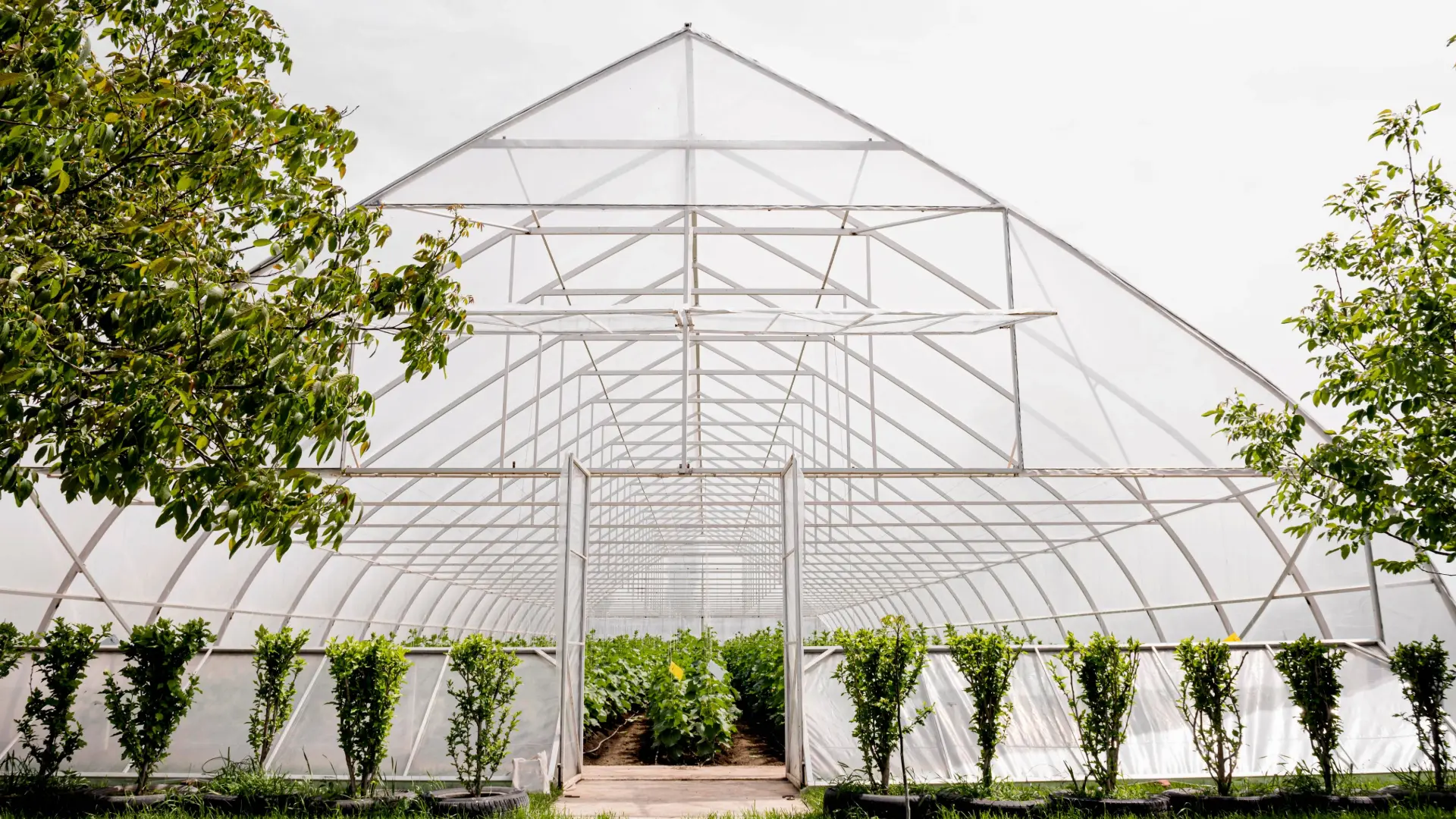
Greenhouse Growing
Gina Lazaarus
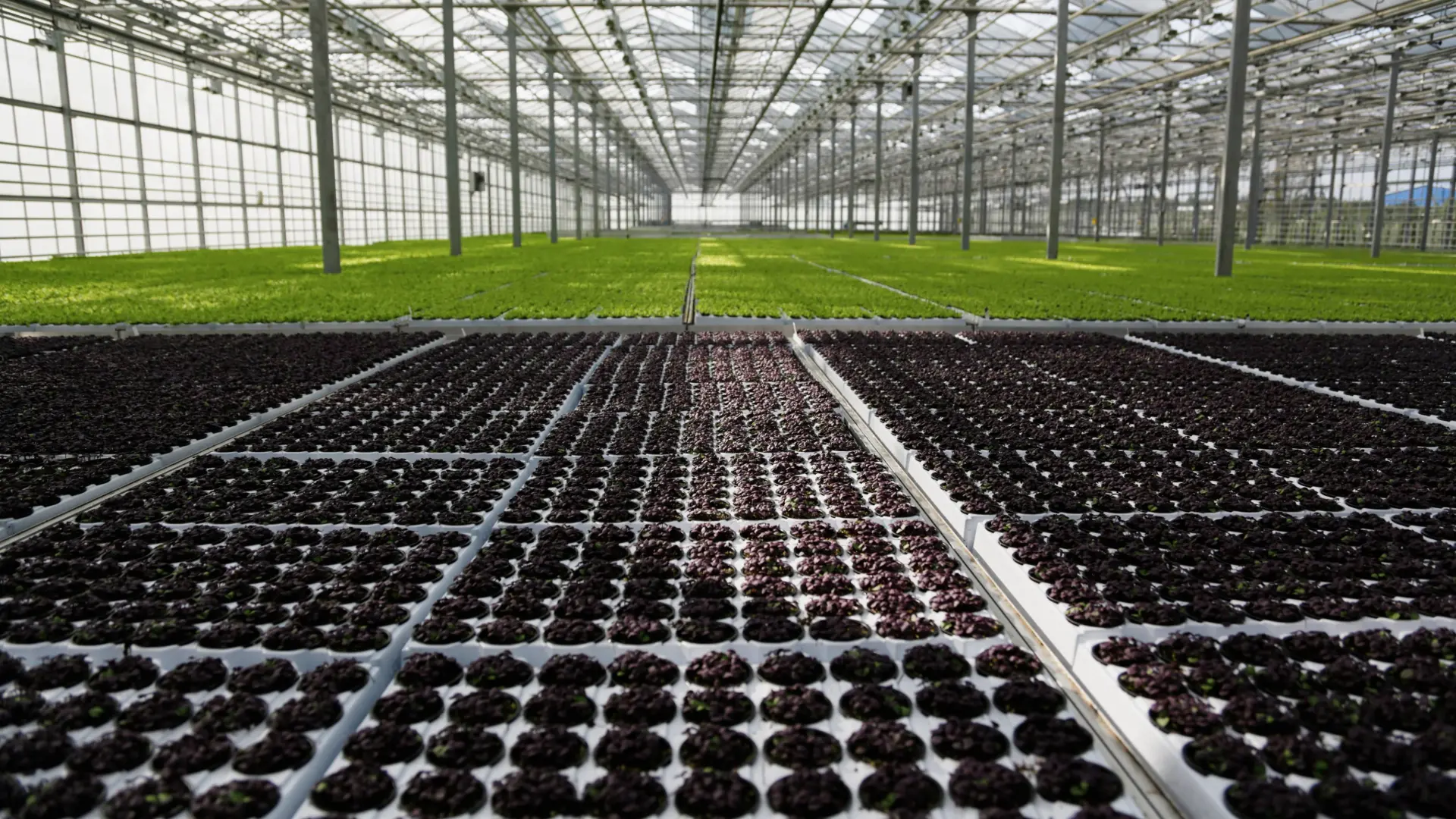
Agricultural Policy & Innovation
Gina Lazaarus
My Account
Our team is always here to help.
We are open Monday - Friday, 9:00 AM to 4:30 PM PST.